A force →F acts on two particles of masses m and 4.0m moving at the same speed but at right angles to each other, as shown in Fig. The force acts on both the particles for a time T. Consequently, the particle of mass m moves with a velocity 4v in its original direction. (a) Find the new velocity v' of the other particle. (b) Also find the change in the kinetic energy of the system.
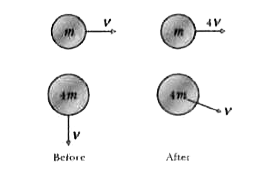
The correct Answer is:(a)1.25 v ; (b)8.6mv2
Step by step video & image solution for A force vecF acts on two particles of masses m and 4.0m moving at the same speed but at right angles to each other, as shown in Fig. The force acts on both the particles for a time T. Consequently, the particle of mass m moves with a velocity 4v in its original direction. (a) Find the new velocity v' of the other particle. (b) Also find the change in the kinetic energy of the system. by Physics experts to help you in doubts & scoring excellent marks in Class 12 exams.
Topper's Solved these Questions
- BOOK - RESNICK AND HALLIDAYCHAPTER - CENTER OF MASS EXERCISE - Practice Questions (Single Correct Choice )47videos
CENTER OF MASS
- BOOK - RESNICK AND HALLIDAYCHAPTER - CENTER OF MASS EXERCISE - Practice Questions (More than One Correct Choice)5videos
CENTER OF MASS
- BOOK - RESNICK AND HALLIDAYCHAPTER - CENTER OF MASS EXERCISE - Practice Questions (Integer )4videos
CENTER OF MASS
- BOOK - RESNICK AND HALLIDAYCHAPTER - CAPACITANCEEXERCISE - PRACTICE QUESTION (INTEGER TYPE)3videos
CAPACITANCE
- BOOK - RESNICK AND HALLIDAYCHAPTER - CIRCUITSEXERCISE - Practice Questions (Integer Type)3videos
CIRCUITS
Similar Questions
Obtain an expression for the centripetal force F acting on a particle of mass m moving with velocity v in a circle of radius r . Take dimensionless constant K = 1 .
View SolutionA particle of mass m1 moves with velocity v1 and collides with another particle at rest of equal mass. The velocity of the second particle after the elastic collision is
View Solution
Knowledge Check
- Question 1 - Select One
The de - Broglie wavelength associated with the particle of mass m moving with velocity v is
Ah/mvBmv/hCh/2vDm/hv - Question 2 - Select One
A particle of mass m moves along line PC with velocity v as shown. What is the angular momentum of the particle about O?
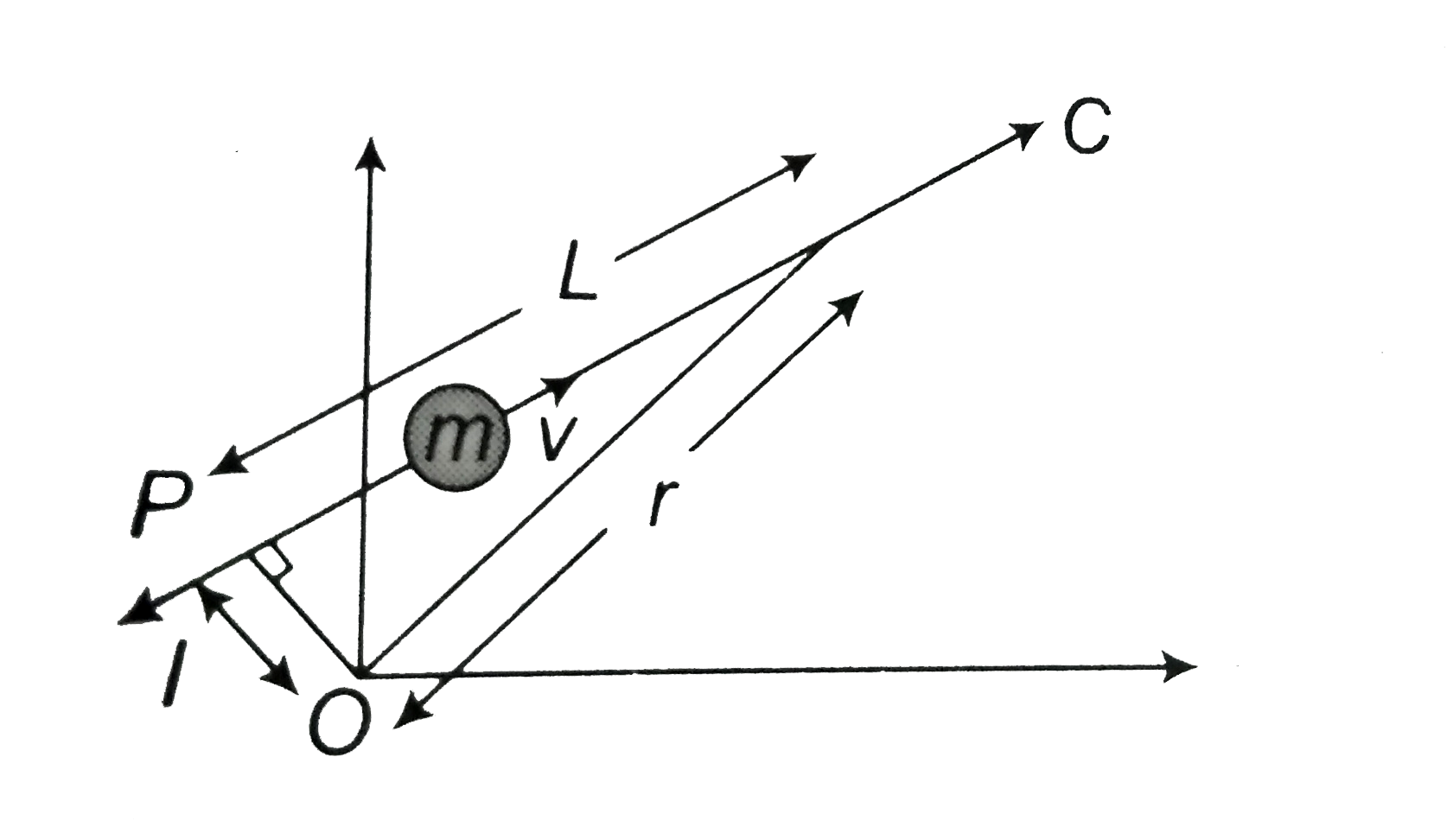 AmvLBmvlCmvrDZero
AmvLBmvlCmvrDZero - Question 3 - Select One
A particle of mass m moves along line PC with velocity v as shown. What is the angular momentum of the particle about P?
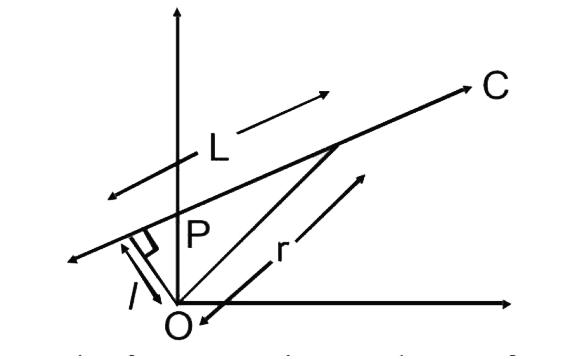 AmvLBmvICmvrDzero
AmvLBmvICmvrDzero
A particle of mass m moving with velocity 2v collides with another particle of mass 3m moving with velocity v in the same direction.If it is perfect inelastic collision,the loss of kinetic energy of the system is
View SolutionTwo particles of mass 2m and m moving with speed v and 2v respectively pependicular to each other collides perfectly inelastically, then
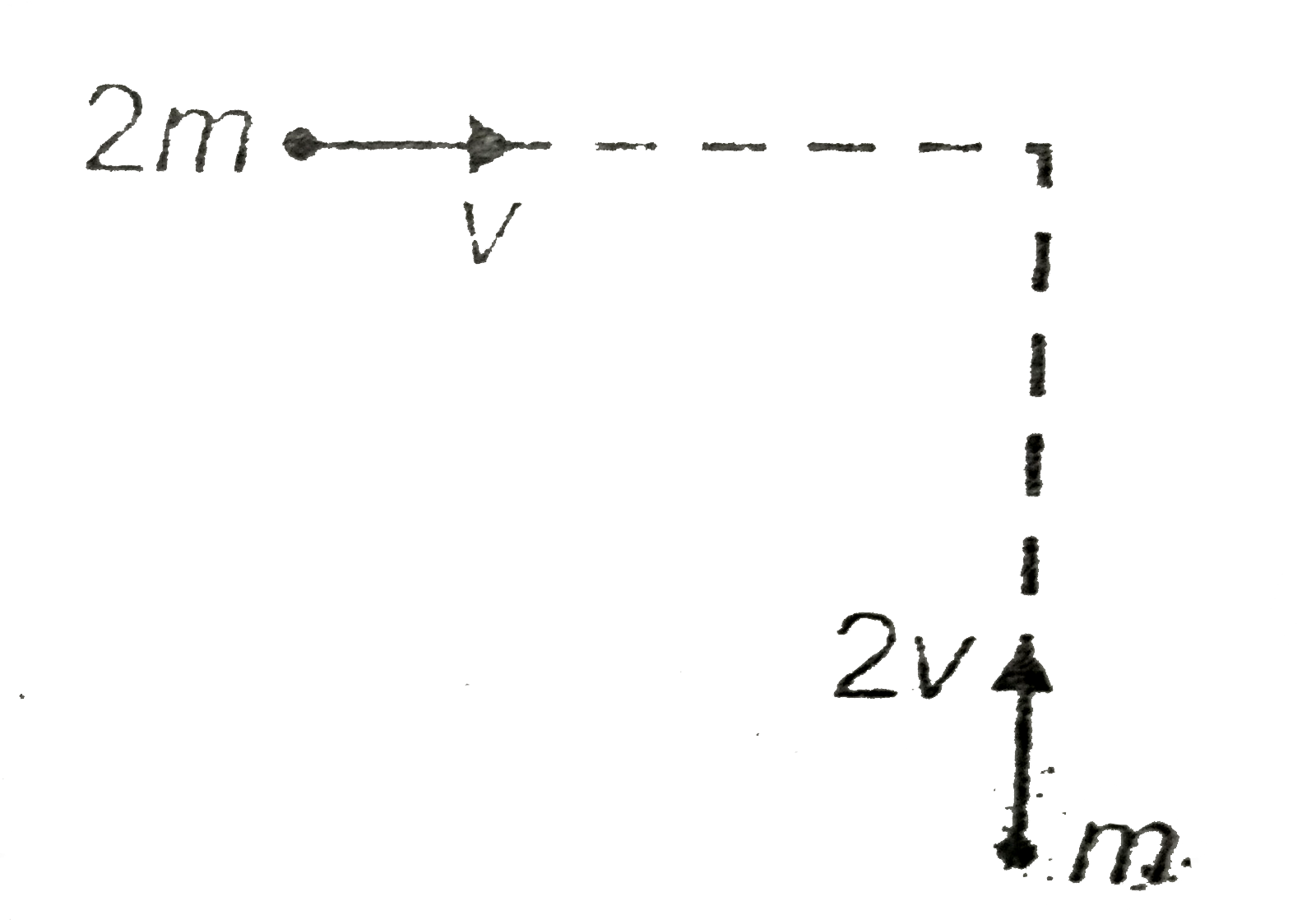
Speed of the particles after collisionView SolutionA particle of mass m moves along line PC with velocity v as shown. What is the angular momentum of the particle about O?
 View Solution
View SolutionA particle of mass m moving eastward with a speed v collides with another particle of the same mass moving coalesce on collision. The new particle of mass 2m will move in the north - easterly direction with a velocity
View SolutionA particle of mass m is acted on by two forces of equal magnitude F maintaining their orientation relative to the velocity v as shown in Fig. The momentum of the particle
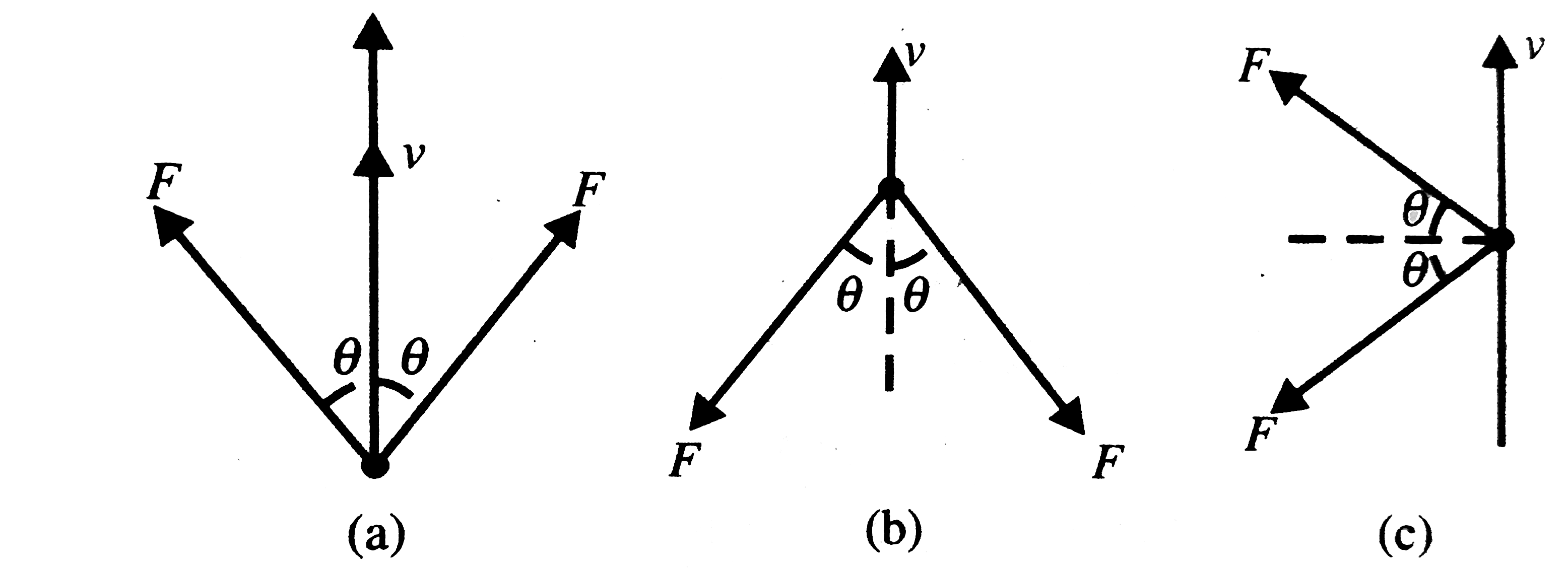 View Solution
View Solution

